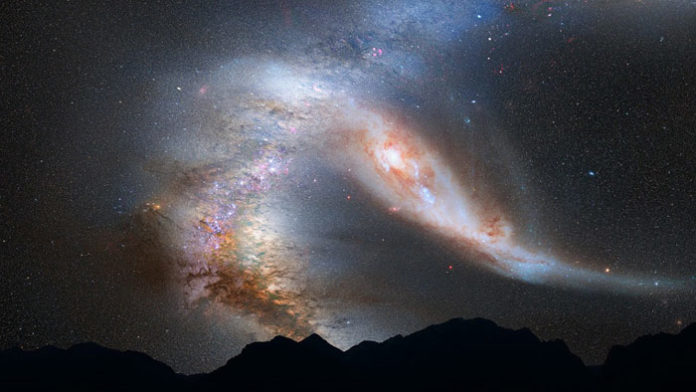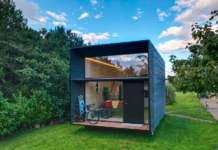The new discovery by NASA planetary scientists could be the beginning of a larger program to restore the atmosphere of Mars and create the conditions for life on the Red planet.
Currently, Mars is not suitable for organic life, but there are traces of the once effective atmosphere, which was able to retain water and preserve normal temperature conditions, so essential for biological life. The reason for the thinning and loss of the atmosphere was the planet itself, or rather its small size. The core of the planet rapidly cooled under the influence of the cosmic cold, which caused the weakening of the planet’s magnet field. As a result, the atmosphere was carried away by the solar wind, and the water evaporated and disappeared in the depth of space.
People have introduced a lot of ideas how to restore the atmosphere on Mars, creating conditions suitable for the life of organic beings. There was even a militaristic idea to expose the Red planet to hydrogen bombing.
In February 2017, at Planetary Science Vision 2050 in Washington, one of the NASA leaders – Jim Green – put forward a bold idea of creating a magnetic field on Mars, which will slow down the destructive processes and will be able to reverse the process by restoring the atmosphere, raising the temperature, and increasing the pressure.
To implement this idea, it has been proposed to create a powerful source of magnetic radiation in the libration point (Lagrange point L1) at a certain distance between the Sun and the Red planet. Such location of the magnetic field will provide the deviation of the solar wind from Mars, reducing the impact on the remains of its atmosphere.
Computer simulations showed that within a few years, a considerable increase in pressure on the planet will enable the creation of a protective shell of the atmosphere. Its density is expected to be only twice less than that of the Earth’s (against 1/110 proportion now). The 4°C temperature increase will cause carbon dioxide evaporate from the Arctic ice cap, and the atmosphere will gradually start recovering. In the future, we will only need to bring microorganisms and seeds to the Red planet, to develop agriculture.
In the meantime, the authors of the concept are continuing their research, trying to figure out how much time exactly people need to transform Mars into a “second Earth”, good enough for life.







